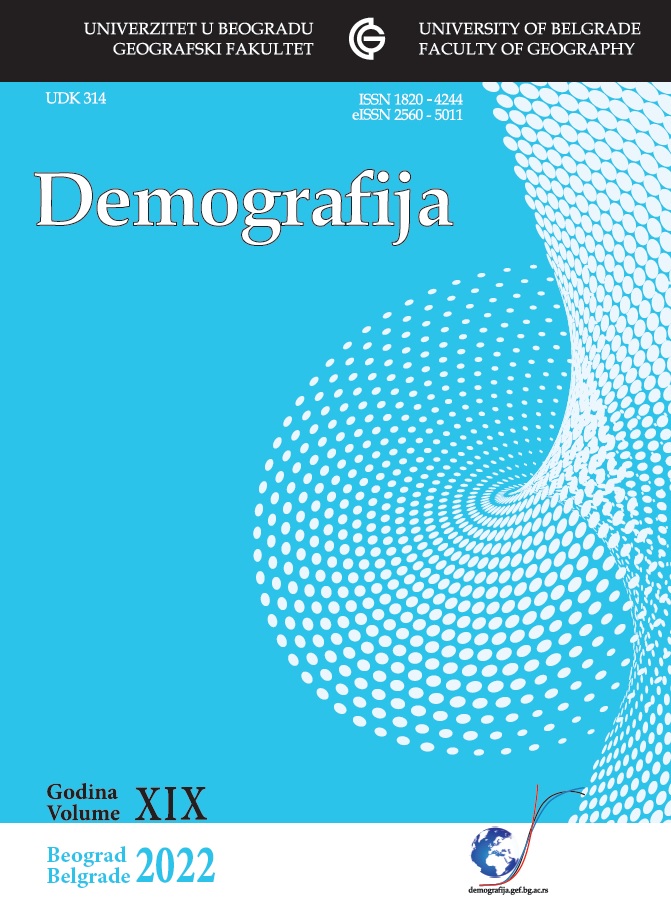DEMOGRAPHIC AND SOCIOECONOMIC CHARACTERISTICS OF HOUSEHOLDS AND ENERGY POVERTY IN SERBIA
DEMOGRAPHIC AND SOCIOECONOMIC CHARACTERISTICS OF HOUSEHOLDS AND ENERGY POVERTY IN SERBIA
Author(s): Ivana PoljakSubject(s): Social Sciences, Geography, Regional studies, Sociology, Demography and human biology
Published by: Географски факултет, Универзитет у Београду
Keywords: households; energy poverty; EU-SILC; Serbia; regional analysis
Summary/Abstract: Energy issues and energy poverty became very important when dealing with global development challenges and sustainable development agenda, and as the years pass more precise indicators are formed to follow this phenomenon from various perspectives. One way to follow and analyze energy poverty is through the indicators proposed by the European Commission and the Survey on Income and Living Conditions (EU-SILC). Based on the main EU-SILC indicators for Serbia for 2020, this analysis explored a relationship between energy poverty and household income disaggregated by available data about regions, degree of urbanization, household types, and sex-age structure. It also tended to position Serbia within the European context regarding energy poverty. Based on the available data, it was found that people living in thinly populated areas expressed a higher share of vulnerabilities than those living in densely populated areas. Also, persons at risk of poverty are more vulnerable than the total population. When it comes to household types, people living in a single-person household are the most vulnerable, followed by the singleparent household with dependent children.
Journal: Demografija
- Issue Year: 2022
- Issue No: 19
- Page Range: 77-91
- Page Count: 15
- Language: English

